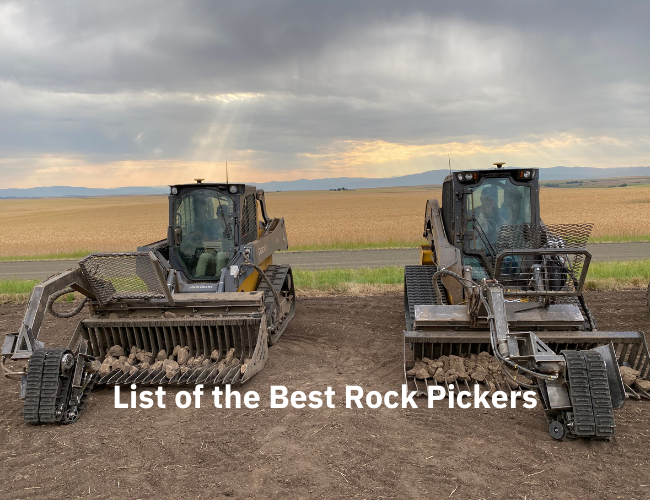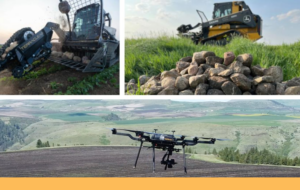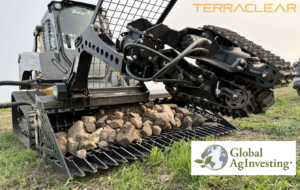Rock Picker Comparison & Analysis
Which Rock Picker (Stone Picker) is the best option for your operation?
Rocks (or stones as they are referred to in Europe) are a perennial problem in farm fields. Tillage, frost heave, and erosion contribute to their annual arrival. Some crops enable farmers to simply farm through, but many crops and operating practices require that some or all of the surface rock be cleared. And, clearance comes with a variety of constraints and challenges. Mechanical methods of rock clearance have steadily improved over the years, but a universal picker for all conditions that can perform at a sufficient pace has been elusive.
As we delve into the rock picker or stone picker options, this chart is a quick view into several of the key decision characteristics in selecting the right tool.
The following section is a simple comparison of the categories of rock pickers based on the most important selection considerations.
| Rock Picker Comparison Chart | TerraClear | Hand-Picking | Rock Bucket | Rock Reel | Rock Reel & Rake |
| Rock Picker Category | 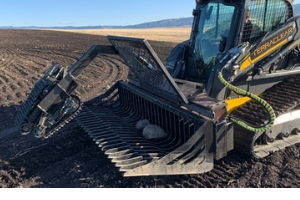 Precision | 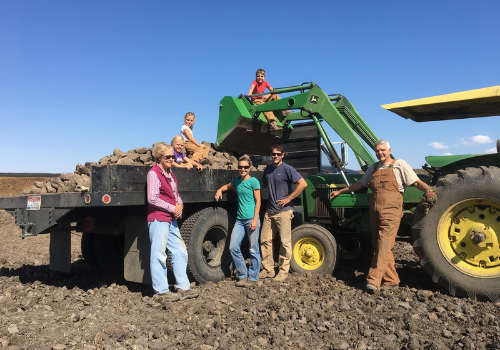 Hand-Picking | 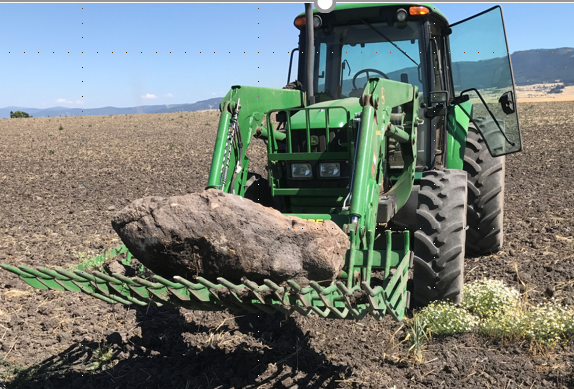 Bucket Bucket | 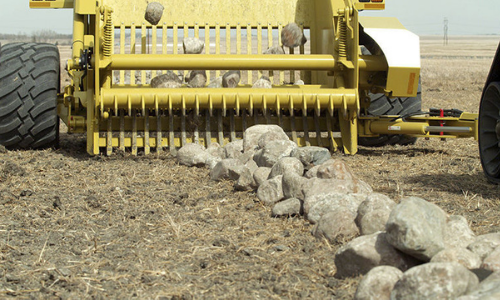 Reel Reel | 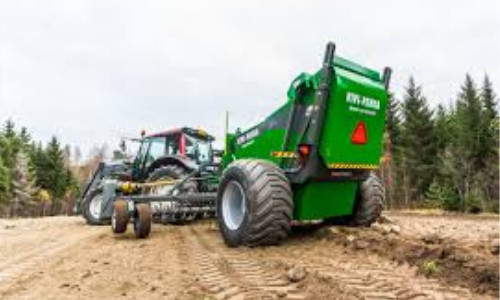 Reel+Rake |
| Top Brands | TerraClear | N/A | Kwik Pik Flexxifinger Skeleton | Degelman Schulte Summers | Haybuster Kivi-Pekka Kongskilde |
| Field Conditions | |||||
| Soil Disturbance | |||||
| Rock Types | |||||
| Pick Rate | |||||
| Price (USD) | $19.9k | $15/Hr/Person | $8 – $15k | $20 – $50k | $26 – $78k |
Rakes and rollers were excluded from this list as they represent one step in the process of dealing with rocks, but do not solve the problem.
Rock Picker Categories:
Rock Pickers come in several varieties of a few different designs. This video is a good quick look at many of the rock pickers operating in a variety of conditions. Each design has strengths and weaknesses which make it useful for particular environments. In some cases, a combination of tools is required (eg: the Rake and Sweep).
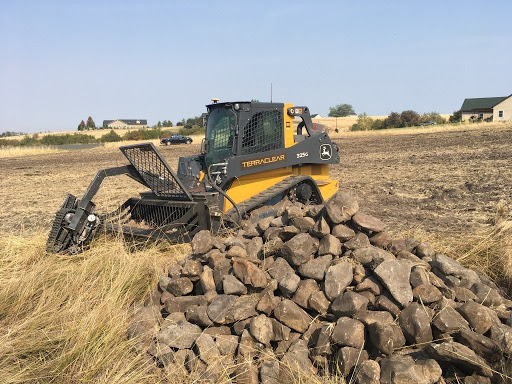
Precision Rock Picker
Precision rock pickers (selective rock pickers) pull the rock from its existing position without disturbing the surrounding soil, thereby enabling high efficiency rock removal in nearly every field condition.
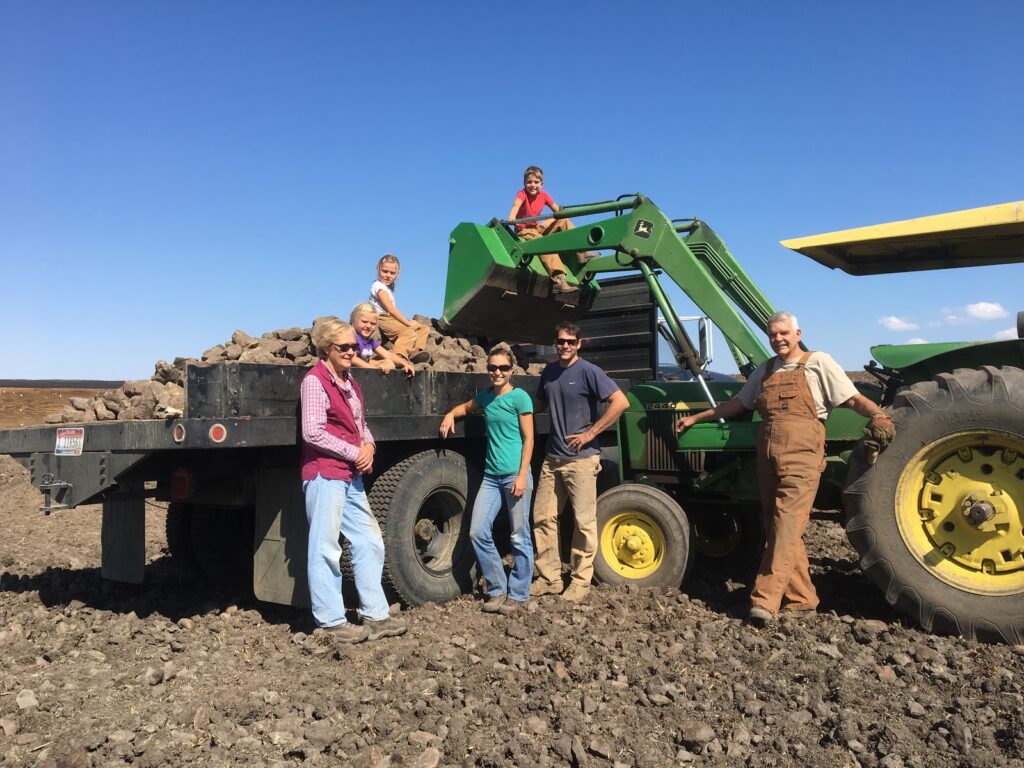
Human Rock Pickers
Despite all the progress with mechanical tools, people remain the #1 means of rock picking. Even farmers with picking tools often find that the majority of picking needs are better suited to manual picking. Precision rock picking is a new technology, and its growth will likely replace human labor in many conditions where existing designs fall short.
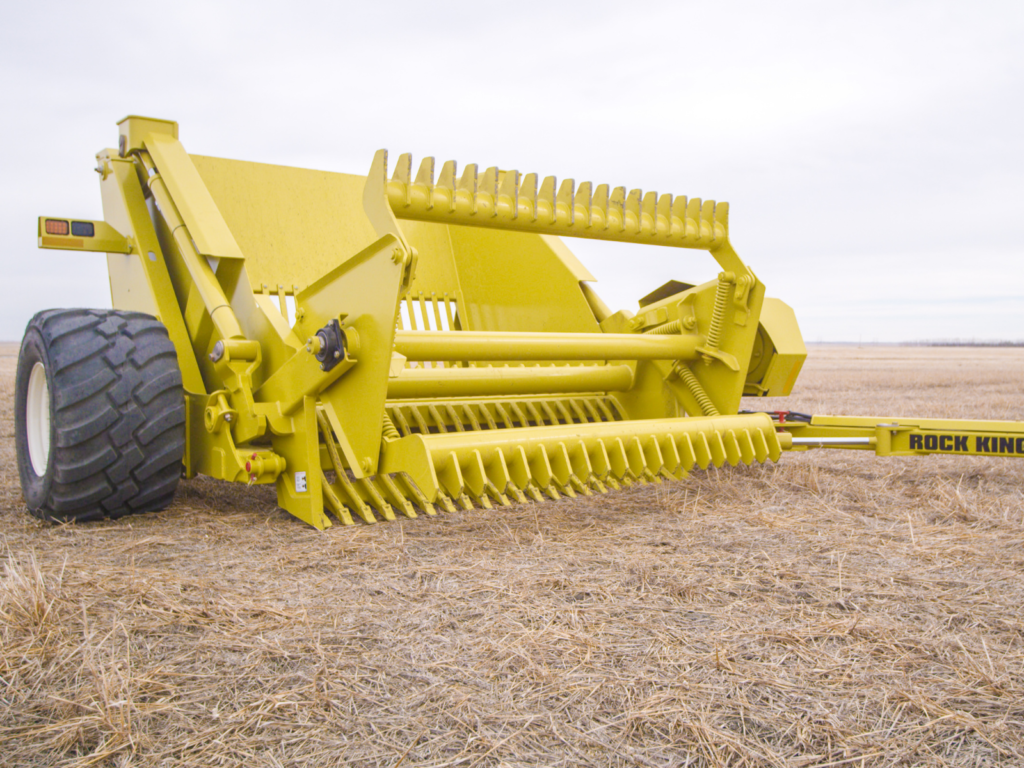
Rock Reels
Rock reels employ a dustpan and broom method of collecting rocks. The lower edge is composed of fingers that run through the soil while the rotating set of fingers ‘sweeps’ the rocks up into the ‘pan’ and ultimately the basin. Reels are well designed for dense rock areas and for rocks that have been raked into rows. Reels require loose soil conditions with minimal residue.
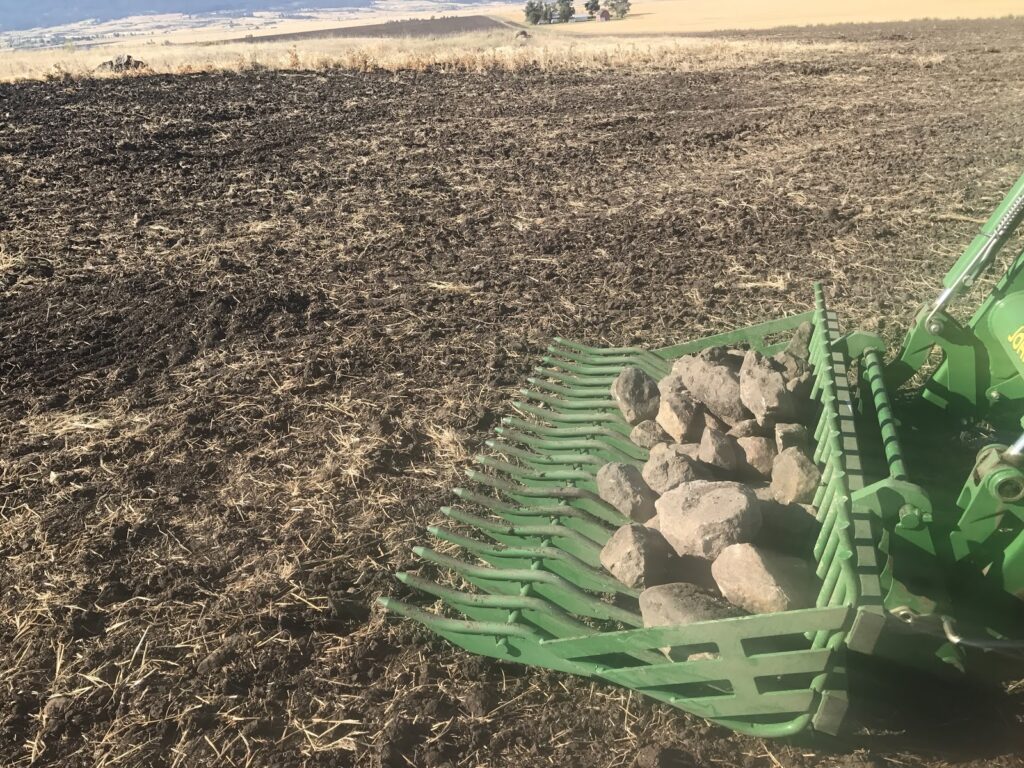
Rock Buckets
Rock buckets use a grated version of a front end loader mounted bucket. They are designed to work by enabling a scooping motion to strain the rock out of the soil. Some buckets come with rotary sweeping functions to push the rock into the bucket. Generally, these designs work best in loose soil with little residue.
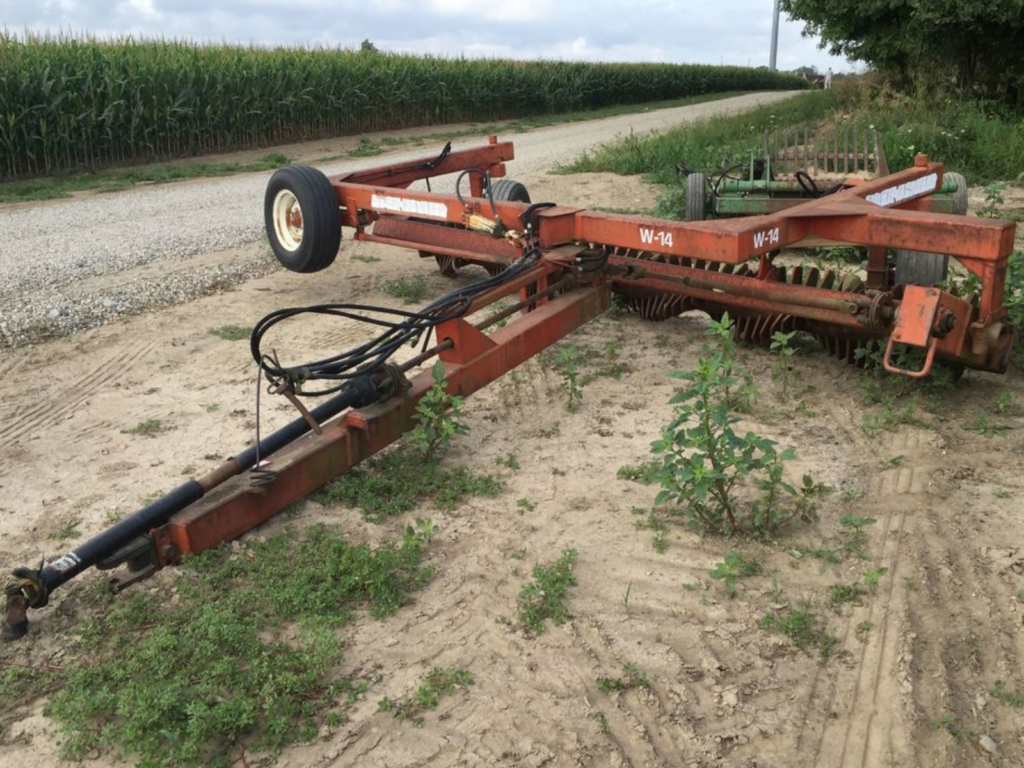
Rock Rakes
Rock rakes are useful as preparatory step in dense rock conditions to windrow the rocks together. This creates a more efficient final removal stage using other categories of pickers. Rakes are most efficient in loose soil, and will have much reduced effectiveness in other conditions.
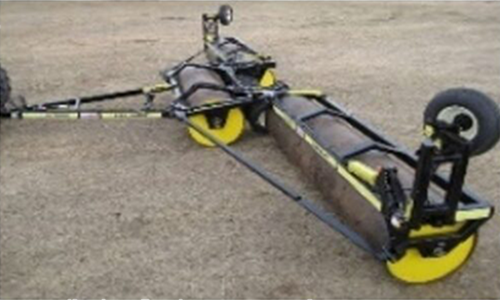
Rock Rollers
Rollers are heavy cylinders that simply push the rocks down into the soil. They are used typically in crops that are harvested low to the ground like soy, lentils, and peas, and are more effective for small rocks and breaking up clods. A key function of the roller is to flatten the field for efficient combining.
Field Conditions:
Rock removal may happen at any stage of the farming cycle. However, limits on time, labor and mechanical picking capabilities have a heavy influence on when and how we pick. In a perfect world, many growers would pick after seeding, or at the stubble stage, if possible. However, we generally must limit mechanical picking to pre-seeded fields with loose, bare soil.
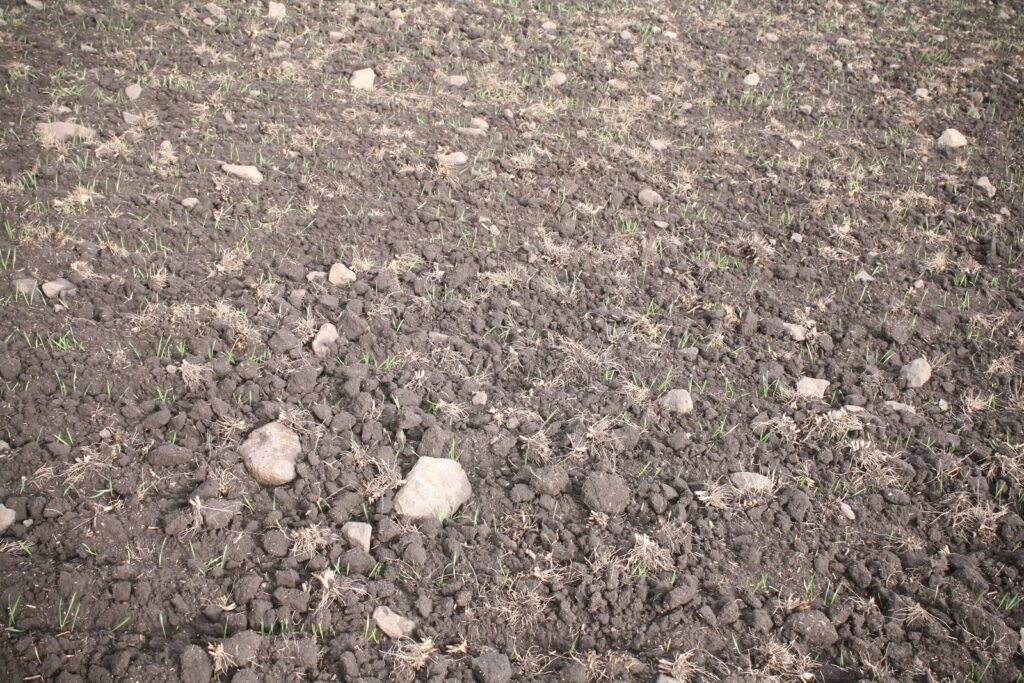
Bare Soil Fields
Typically cultivated at least once, bare granular soil is a common picking condition given tillage is a key means of rock exposure. Many of the tools may work fine in this environment.
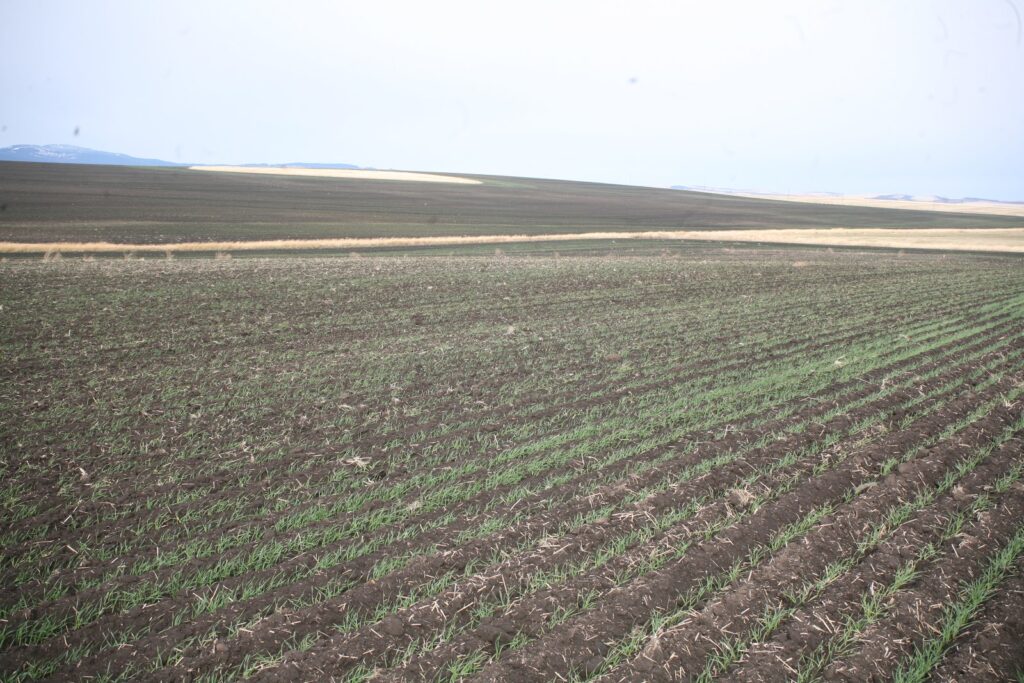
Seeded Fields
Rock clearance after seeding is the holy grail for growers. The primary challenge is to do so without disturbing the seed bed either through soil disruption or compaction. A cleared field at this stage enables care free harvesting. Only precision picking and human picking can be used in these conditions without higher levels of impact.
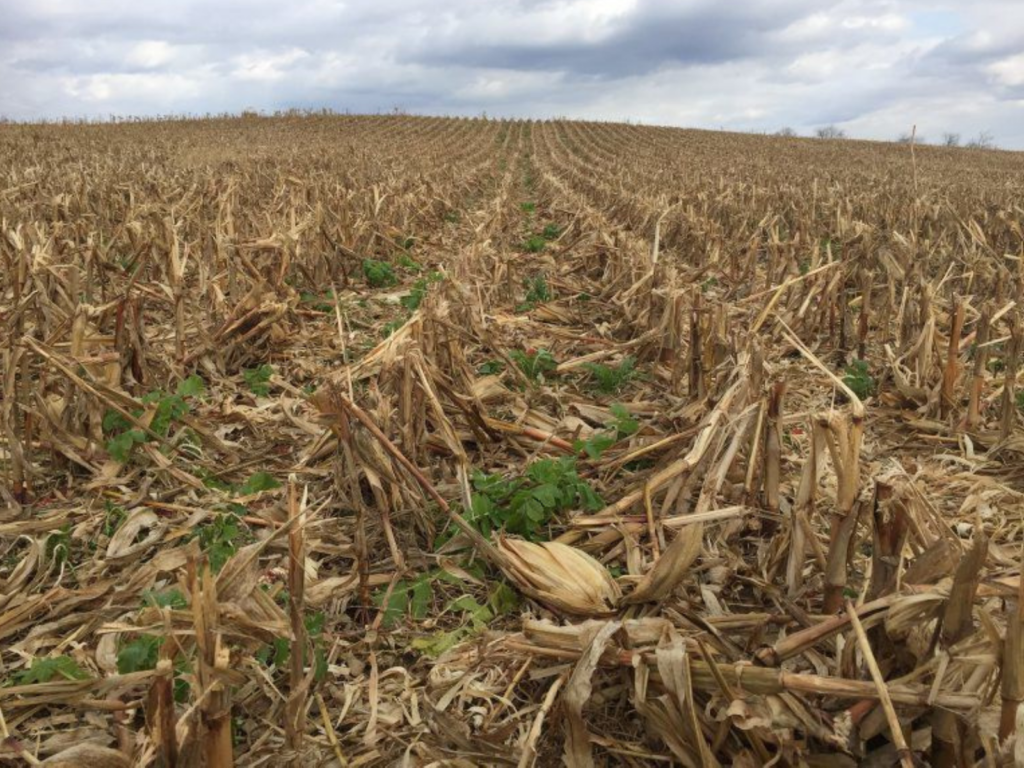
No-Till Fields
No-till and minimum-till fields tend towards fewer new rocks, but in most cases they do appear. The hard nature of the soil renders any of the raking, sifting and reel tools untenable.
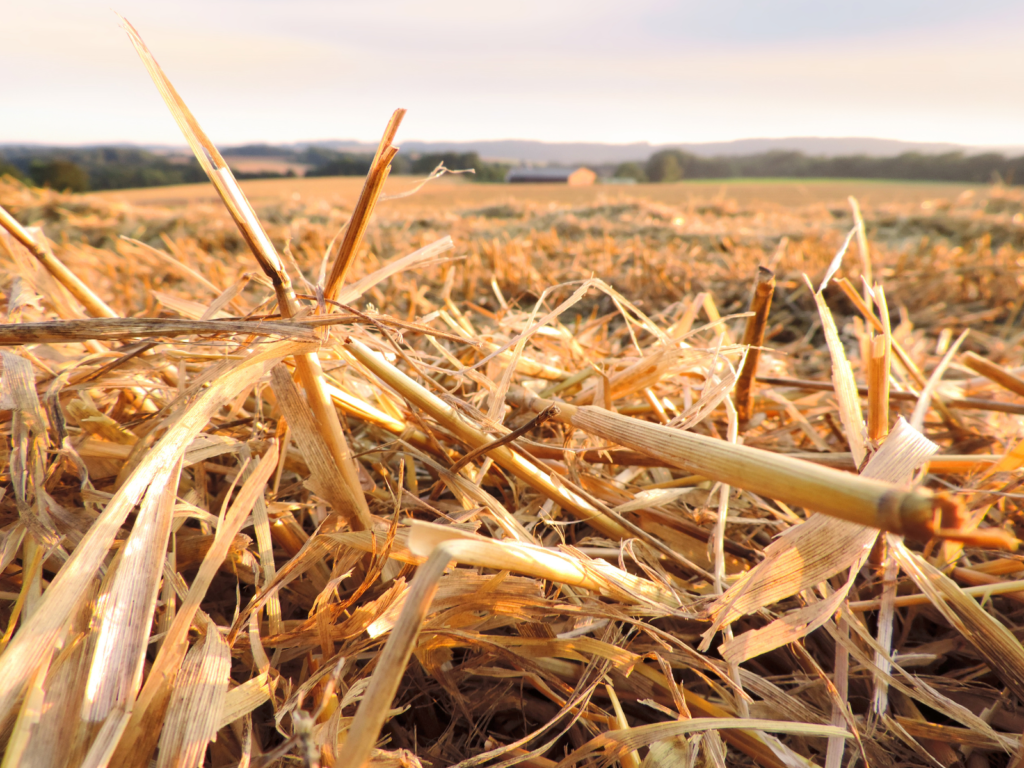
Stubble Fields
Stubble presents a challenge for any of the tools that rely on straining the rocks from the dirt. Therefore, precision pickers are the only tools that are reliably successful.
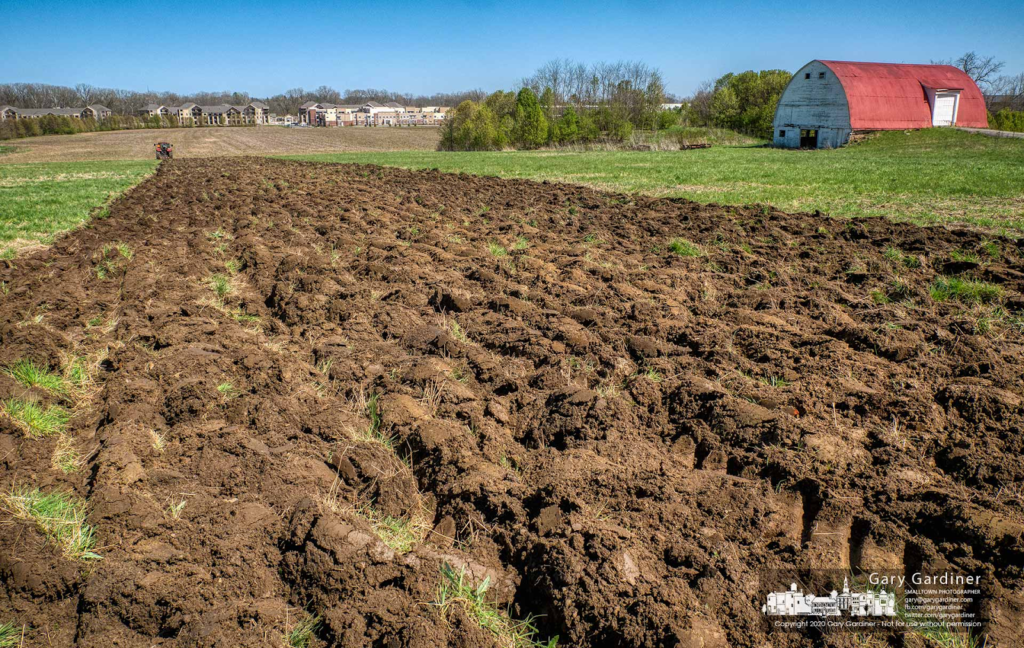
Plowed Fields
Plows invariably turn up the largest rocks as they function at the deepest depths. Picking the very large rocks is often necessary to even perform the next cultivation step. However, the terrain is very rough, which makes any form of picking difficult.

Pasture Land
Pasture land presents a unique challenge given the solid nature of the soil, and most likely a desire to minimize disturbance. Therefore, precision pickers are the most efficient tool, with buckets combined with human picking as a distant second.
Pick Rate
Existing rock pickers use less manpower than hand picking but are still too slow to fit into tight time windows. Rock Buckets struggle to scoop up the rock and sift out the soil. Rock Reels are not very maneuverable and need to go very slowly or stop while sweeping in rocks and soil. See the 15 second videos below to compare the pick rate of precision, bucket, reel, and reel+rake pickers
Additional Selection Considerations
Soil Disturbance – While intentional soil disturbance can be an effective tool for some farmers there are important reasons to avoid unnecessary soil disruption. Most picking tools were designed for loose soil environments on bare fields. For the many other conditions hand picking remains the dominant method. Precision pickers minimize soil disturbance by grabbing only the rock. Rather than digging through the soil to get to it, which enables picking in seeded fields and other residue-heavy conditions.
Buried Rocks – Mostly submerged rocks occur in every setting, but are particularly difficult in no-till, pasture and stubble environments. Precision pickers and buckets with human assistance are the most useful tools in these conditions.
Rock Size – Rocks over 24 inches will likely require a bucket, and often manual assistance. Typically the larger “header wreckers” are prioritized over the smaller rocks, but this changes by crop, field, and farmer.
Rock Density – King of the dense rock scenarios are the rakes and reels. This environment is what these tools have been primarily designed to handle. It will be slow and hard on the soil, but this two-step process will get many of the rocks in a dense area. In fields with more distributed rocks, precision picking is the most effective approach.
Labor – As farmers, we have all felt labor constraints in one way or another, and no farmer likes to use his time or his staff’s time picking rocks. Some tools require multiple people and can be quite slow, so methods that only take one person are greatly preferred.
Price – Farmers understand the cost of rocks in fields: damaged equipment, risk of downtime, inflexibility around crop selection, etc. The return on investment will vary with picker effectiveness, but price is always a critical factor.
Fun – Rock picking with any method is not bad for the first hour, but either manually lifting heavy rocks or cranking your neck for a tow-behind can get old very quickly! An enjoyable experience leads to much longer tolerance for picking…and widens the pool of who is willing to do it.
Comprehensive List of Rock Pickers
Here is a list of known rock/stone picking machinery. It is an attempt to be comprehensive and accurate. If new product pricing is unavailable, we estimated as closely as possible with used prices. Where we may have misrepresented or missed a tool, please use this form link to suggest edits.
| Type | Rock Picker Name | Picture | Link to Video | Price (USD) |
| Precision | TerraClear |  | Video | $19,999 |
| Reel | Degelman Rock King 9600 | 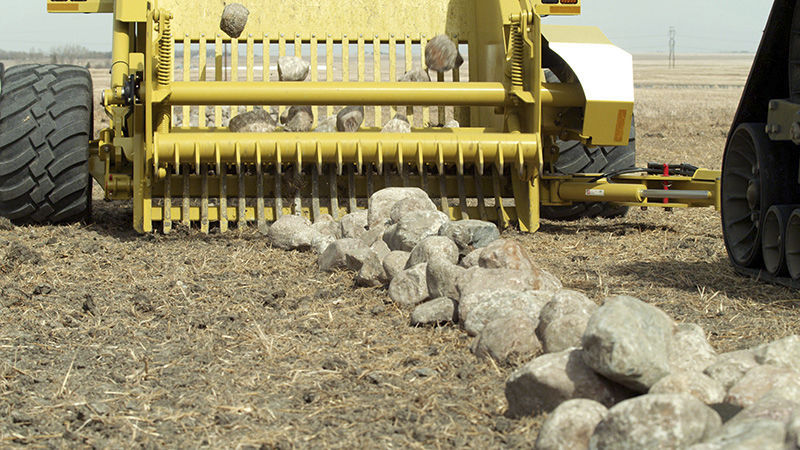 | Video | $60,000 |
| Reel | Schulte Titan 5000 Rock Picker | 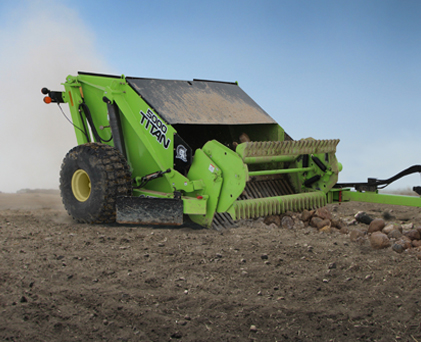 | Video | $32,500 |
| Reel | Summers Rock Picker | 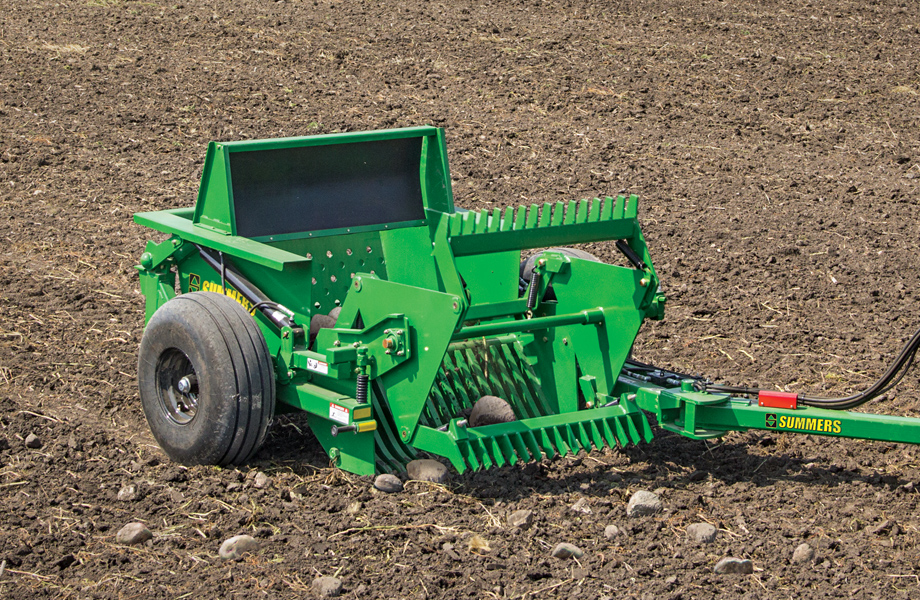 | Video | $26,000 |
| Reel | Gallenberg Rock Picker | 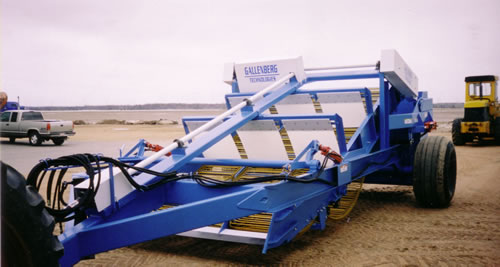 | Video | $32,500 |
| Reel | Riteway RR900ST Rock Picker | 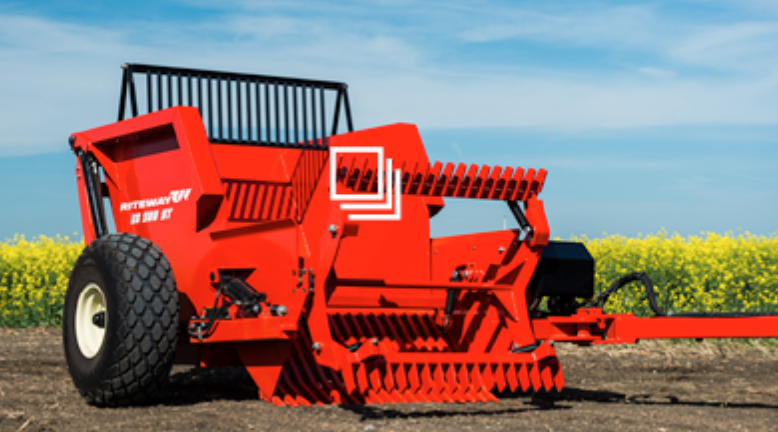 | Video | $22,800 |
| Reel | Meixel Rock Picker | 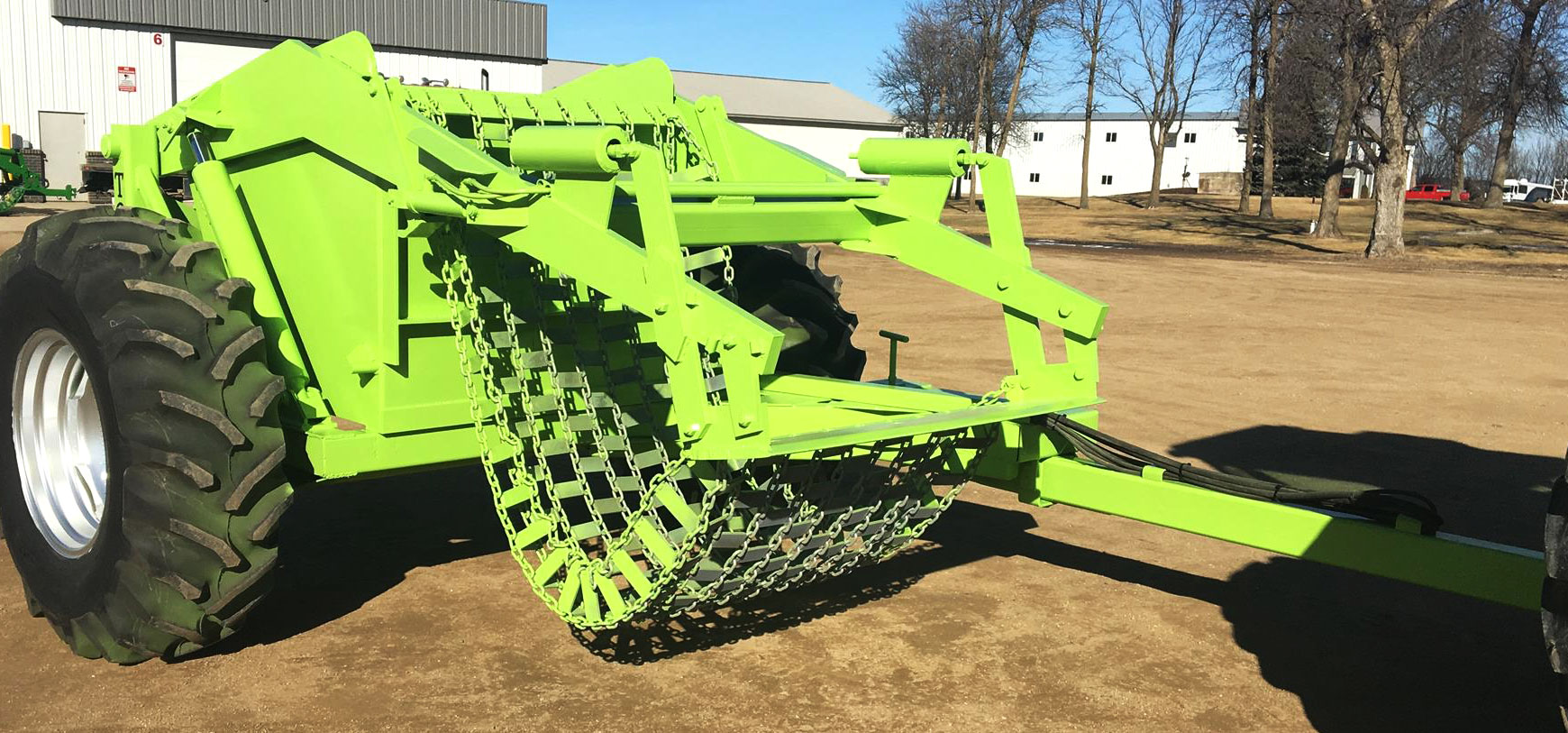 | Video | $19,500 |
| Reel | Tasias Rock Pickers | 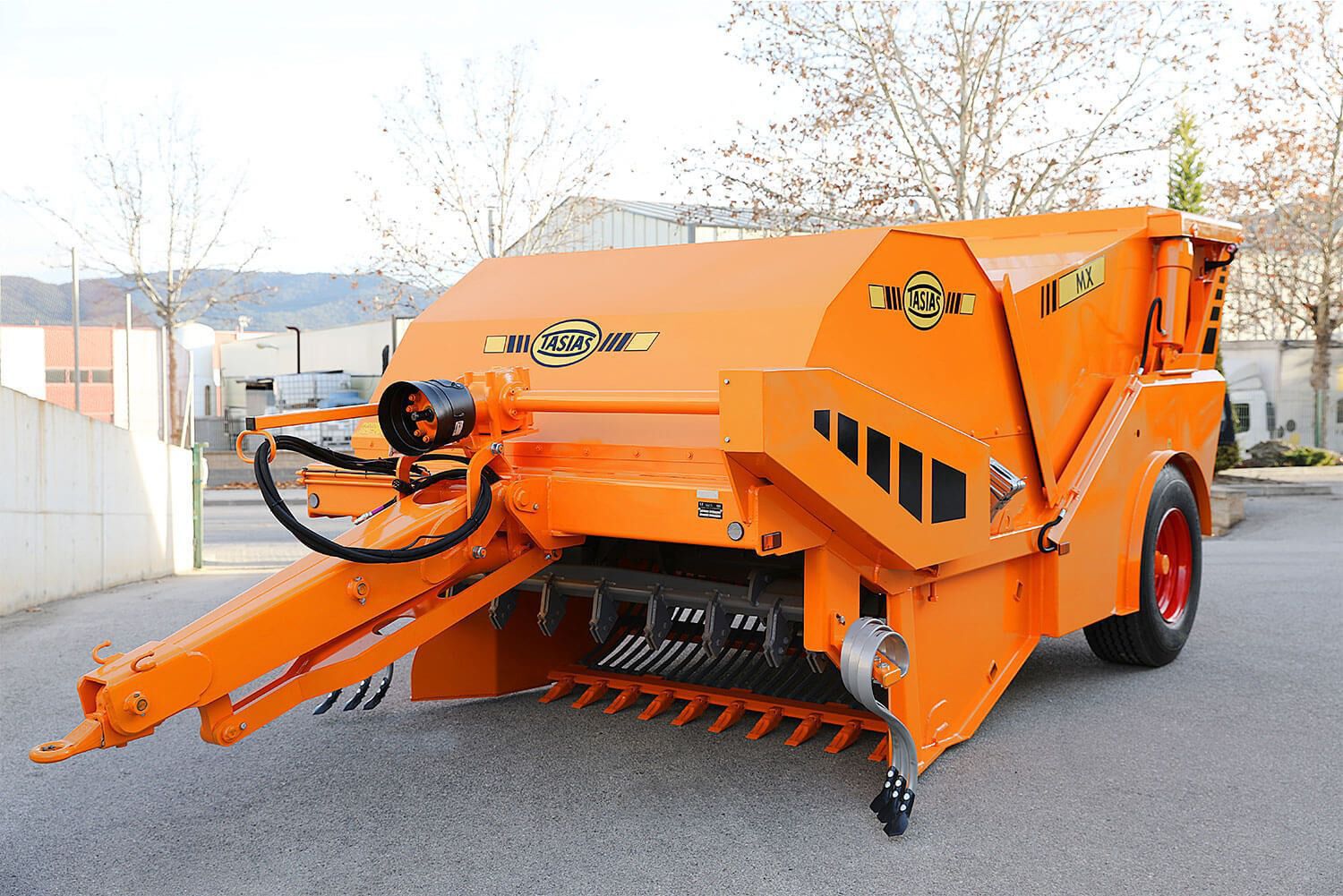 | Video | N/A |
| Reel | Highline XL-78 | 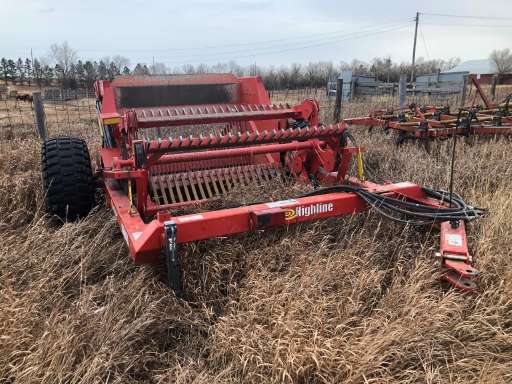 | Video | $29,950 |
| Reel + Rake | Kivi-Pekka Stone Picker | 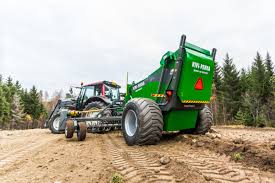 | Video | $78,000 |
| Reel + Rake | Haybuster Rock-EZE | 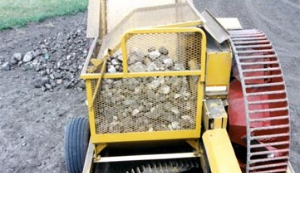 | Video | $26,000 |
| Bucket | Flexxifinger 800 | 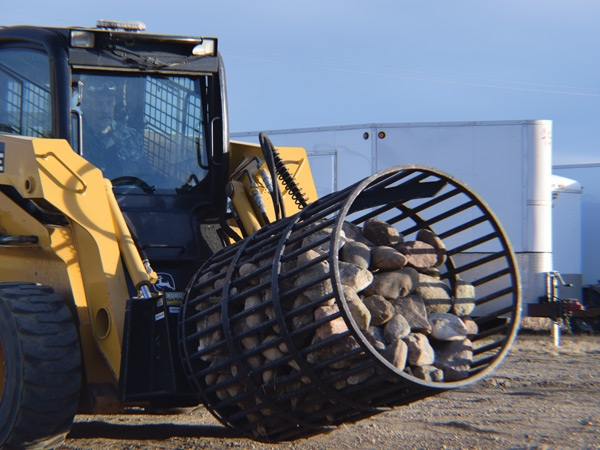 | Video | $10,000 |
| Bucket | Skeleton Rock Grapple Bucket | 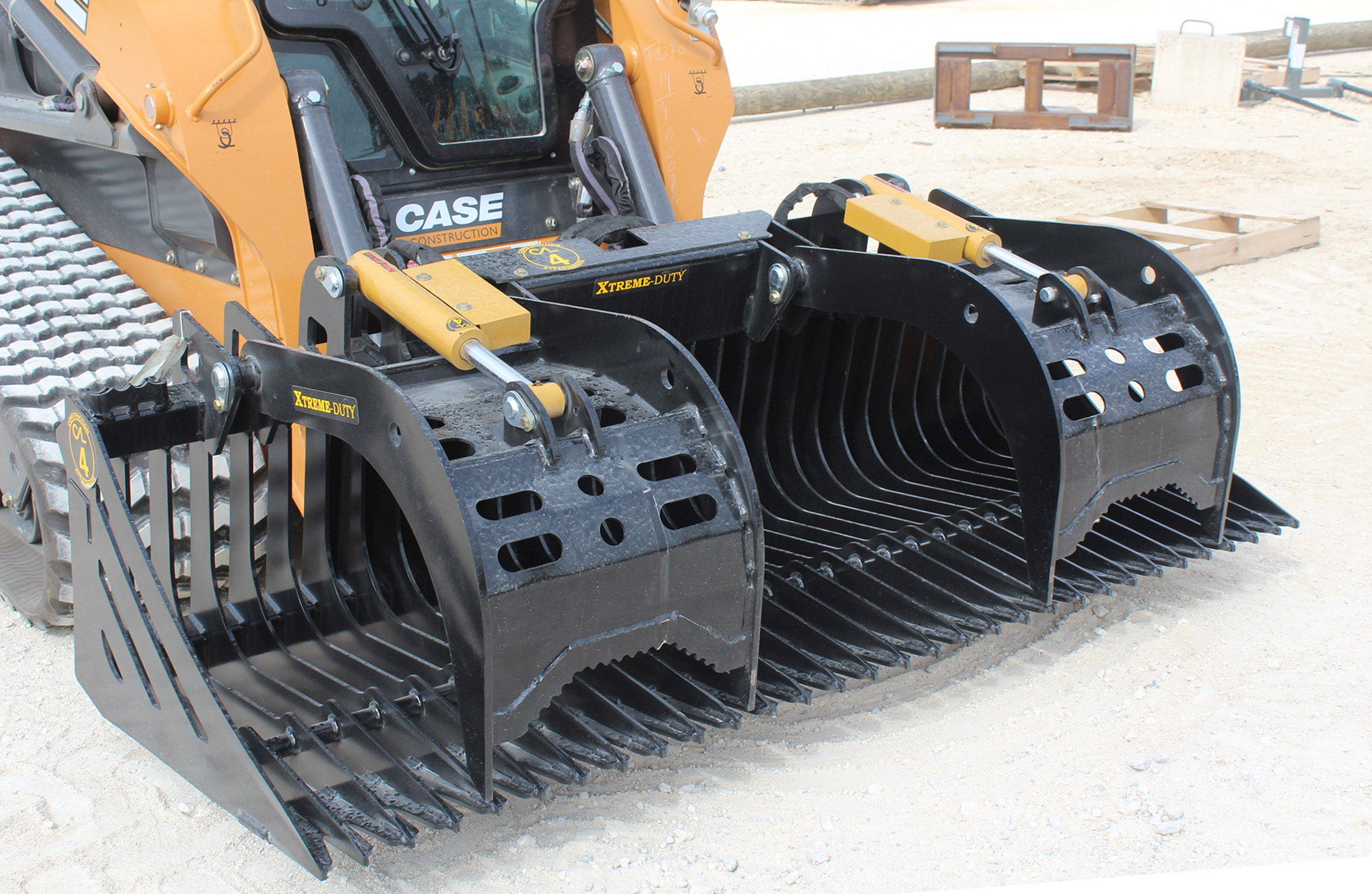 | Video | $3,000 |
| Bucket | Skeleton Rock Bucket |  | Video | $1,500 |
| Bucket | MDS Silver Bullet Rock Bucket | 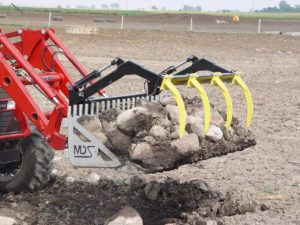 | Video | $4,300 |
| Bucket | Loftness Kwik Pik | 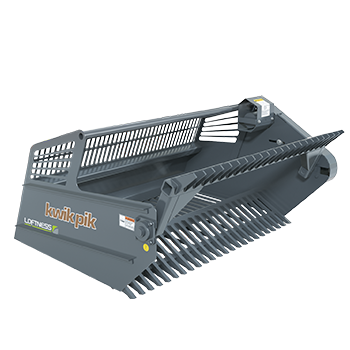 | Video | $15,600 |
| Bucket | Marshall Picker | 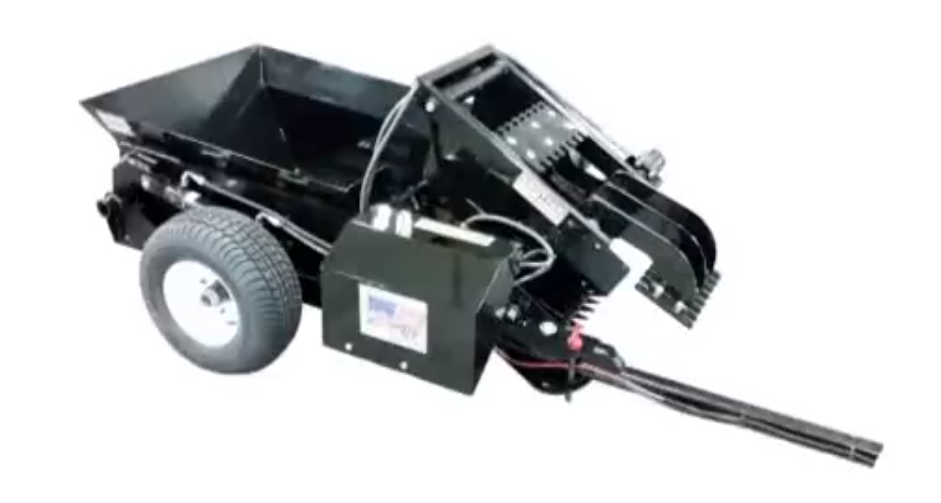 | Video | $5,700 |
